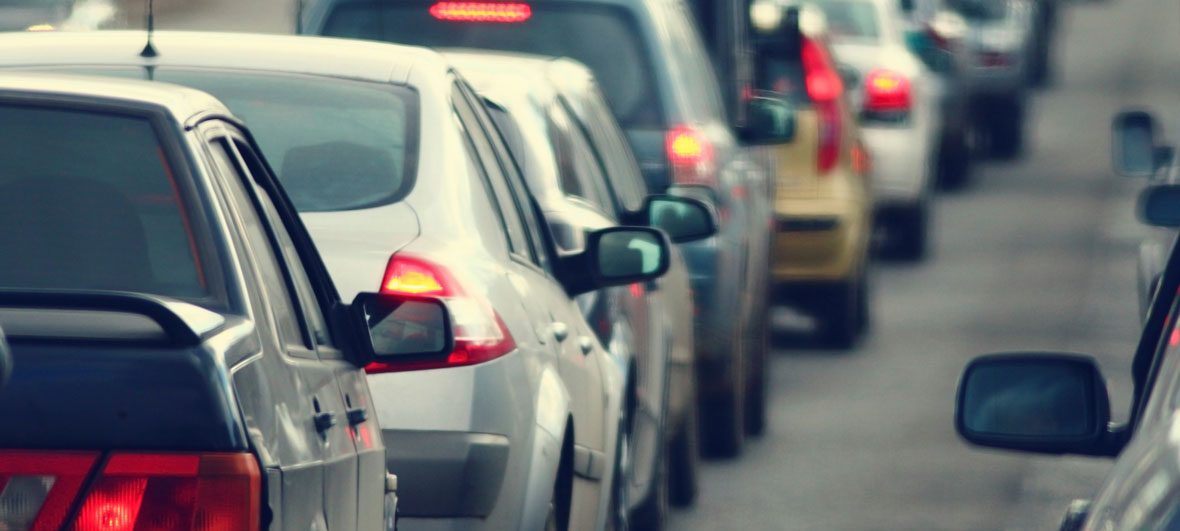Aside from a few climate change deniers and hard core petrol heads, most people want more efficient cars with less harmful emissions.
However, as vehicle efficiency increases and the ownership of hybrid and more recently electric vehicles rises, the revenue generated from taxation on fuel which contributes towards the cost of road maintenance is diminishing – at an alarming rate.
As anyone travelling during peak times on our capital city roads can attest, the price signals sent by fuel excise, vehicle registration fees and road tolls do nothing to reduce congestion.
To be fair, they were not designed for that purpose, so we can’t expect them to fix a problem that didn’t really exist when they were introduced.
However, they are blunt tools, increasingly unable to fund the growing infrastructure needs of the country and changes have to be made, before the gap becomes insurmountable.
These two opposing trends – falling vehicle related revenue and rising cost of infrastructure – are predicted to intersect in 2017. According to the Business Council of Australia’s report, Infrastructure Funding and Financing, next year, the cost of infrastructure will outstrip the funds available to pay for it.
As ever, there are complications stemming from the relationships between Australia’s federal and state governments. The question of who pays for roads is politically vexed and must be clarified to provide funding certainty for all parties. One way to ease this tension would be to ring‑fence certain tax revenues to pay for the next decade or so of infrastructure.
Broadly speaking, drivers do not understand the true cost of their journey. Some vehicle owners understand their annual cost of ownership, and they would appreciate the hip pocket impact of their weekly trip to the servo. However, most would have little idea of the cost per km of an individual journey or the cost of using the roads on which they travel.
By comparison, the introduction of smart meters by utilities has evolved so that energy and water bills now clearly show the cost of network provision and the amount and cost of each unit consumed. If the cost differs by time of day, that is also shown, helping users to make informed choices.
If someone wants to have the air conditioning running around the clock they have to pay for it, whereas the overall cost to the individual of driving in the morning peak is more or less the same as driving on a deserted road at 2am in the morning.
The good news is that Australians generally support the idea of user-pays road pricing and private investment in road infrastructure. A Transurban survey of 1,000 residents of Sydney, Melbourne and Brisbane found strong support (66 per cent) for user-pays funding of major road infrastructure and that 55 per cent support governments seeking private investment to help fund major road infrastructure (with only 20 per cent opposed).*
There are many possible ways to implement a road ‘user pays’ system, with varying degrees of complexity. Annual car registration fees could include a component based on distance travelled (using the vehicle’s odometer reading). Number plate recognition systems – already used in Sydney, London and other cities worldwide – could be more widely deployed.
Consider how ride sharing app, Uber uses GPS technology to capture travel information like distance, time of day and location, why couldn’t the same tool be used to capture pay-as-you-go information for general road usage?
Any solutions must also be future-proof – that is, digitally enabled with integrated apps, Internet of Things connections and data sources. They also need to be built on strong partnerships between infrastructure planners and providers, with a clear understanding of the factors that drive demand for – and determine the supply of – infrastructure and funding, and take into account the potential impacts of climate change and developments in the global economy.
With bold and decisive actions, governments could rapidly implement technologies that will provide a baseline of revenue, and a number of technology platforms that can be further adapted and expanded as needed.
If we are really going to be a nation of Smart Cities, a smart approach to road usage pricing is well overdue.
Unfortunately, taking 10 years to get there is probably a luxury we cannot afford.
Robin Jackson
Transport advisory, AECOM Australia New Zealand
*EY Sweeney for Transurban (2014), User pays: is Australia ready?
